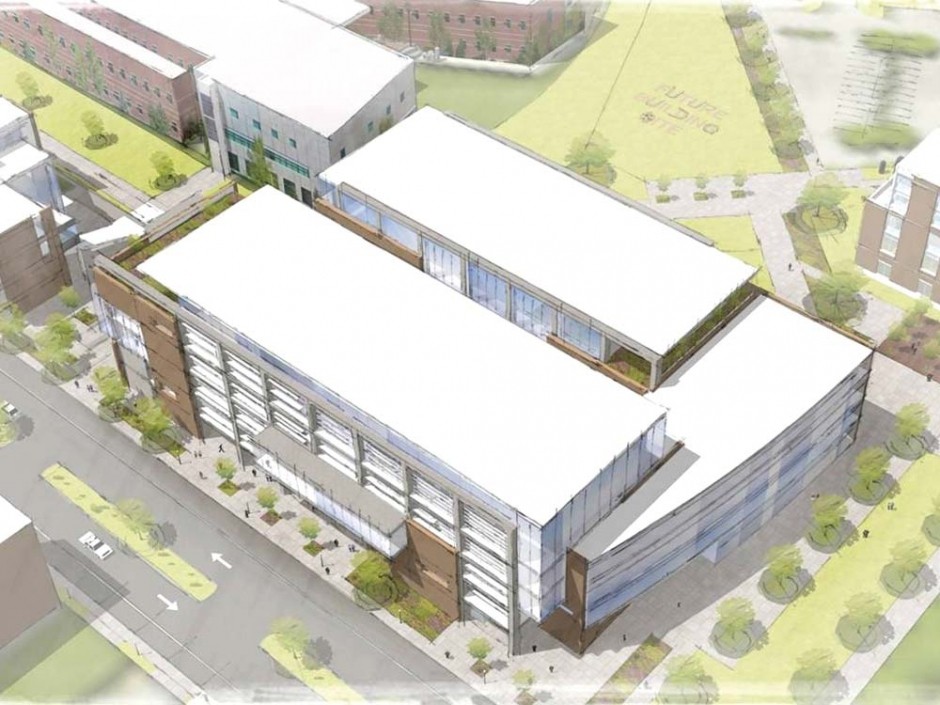To many people, the 2011 legislative session was all about cuts, about slashing government to make up a $5 billion revenue shortfall to balance the budget.
Actually, that was only half the story. Yes, we had to make up a historic shortfall due to the Great Recession, and to close the gap we had to drastically reduce many important public services. But we also exploited what opportunities we could to position our state for future growth and prosperity and, most importantly, to chart a path out of this crippling recession.
A textbook example of this strategy is the medical school at the Riverpoint Campus. While it started with no funding in the governor’s proposal, the Legislature provided $35 million for the Biomedical/Health Services Building, which covers half the cost of its construction. This funding within the state’s capital budget will bring an exponential return on the state’s investment.
In the long term, the medical school will improve health care access and quality of care throughout our community and beyond. The nation is short some 150,000 physicians, and Eastern and Central Washington have among the lowest rates of physicians per 10,000 population in the country. For the short term, at a time when our economy is only beginning to recover and our residents still struggle to find work, the mere construction of the school will put hundreds of Washingtonians to work in high-paying jobs. What’s more, upon the school’s completion in 2030, the sustainable economic impact will generate $2 billion per year and 13,000 new jobs, according to a recent study.
That’s not all. The state operating budget provides an additional $1.8 million to expand graduate medical education in Spokane and Eastern Washington and to develop curriculum. That probably sounds wonky, but I’ll tell you what — ask the additional students whose degrees and rewarding careers are made possible by that expansion how wonky it is. Flash forward into the future and ask their patients whether it was wonky. More people will be helped, more lives will be transformed, and countless people across our state will be better for it.
Through a series of group work sessions with the design team, stakeholders developed ideas to create program offerings that will provide more integrated health sciences education and research anchored by the Biomedical & Health Sciences Building.
This project also introduces the next big step in growth by bringing to campus the WSU College of Pharmacy and expanding the WWAMI program.
The new building will eventually accommodate 80 first-year students and 80 secondyear students. The needs of third-year and fourth-year students will continue to be filled by regional health care institutions.
The goals for the new building include:
Collaboration The future of health sciences at Riverpoint should be truly collaborative in nature, breaking typical boundaries imposed by multiple institutions, professions/programs and focus.
High Tech / Use Of Simulation The continued and expanded use of simulation and best technologies will promote exciting, real world learning environments.
Research-Oriented The school will provide a strong foundation in basic, clinical and translational research.
Patient-Centric Today’s health care system is compartmentalized, at the patient’s expense. Health Sciences education at Riverpoint will teach professionals to problem-solve for the patient.
Community-Based The Riverpoint Campus will take full advantage of, and celebrate, the health sciences community and urban setting of downtown Spokane.
In all these ways, the medical school at the Riverpoint Campus will promote economic development in the region and improve the health care of our citizens. This is a venture that will generate decades and generations of dividends for Washington taxpayers. I was proud to lead the bipartisan effort to secure the first half of funding for the building and look forward to continued collaboration with the community and my legislative colleagues to keep this critical project moving forward.
Sen. Brown represents the 3rd Legislative District and is the Washington State Senate Majority Leader. This commentary first appeared in InHealthNW.




















